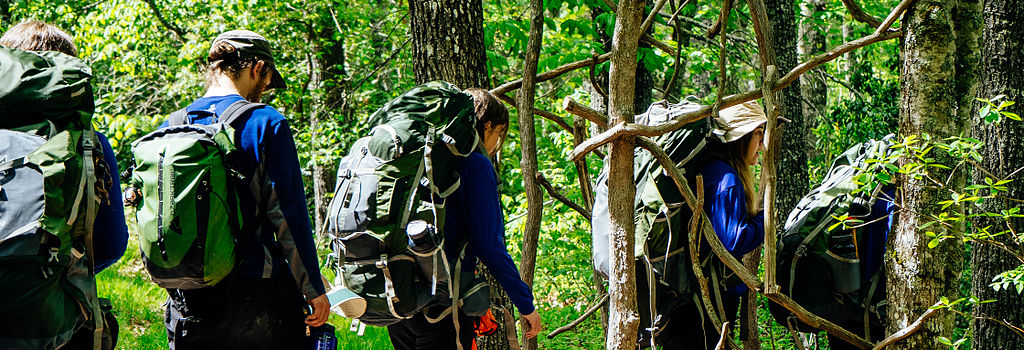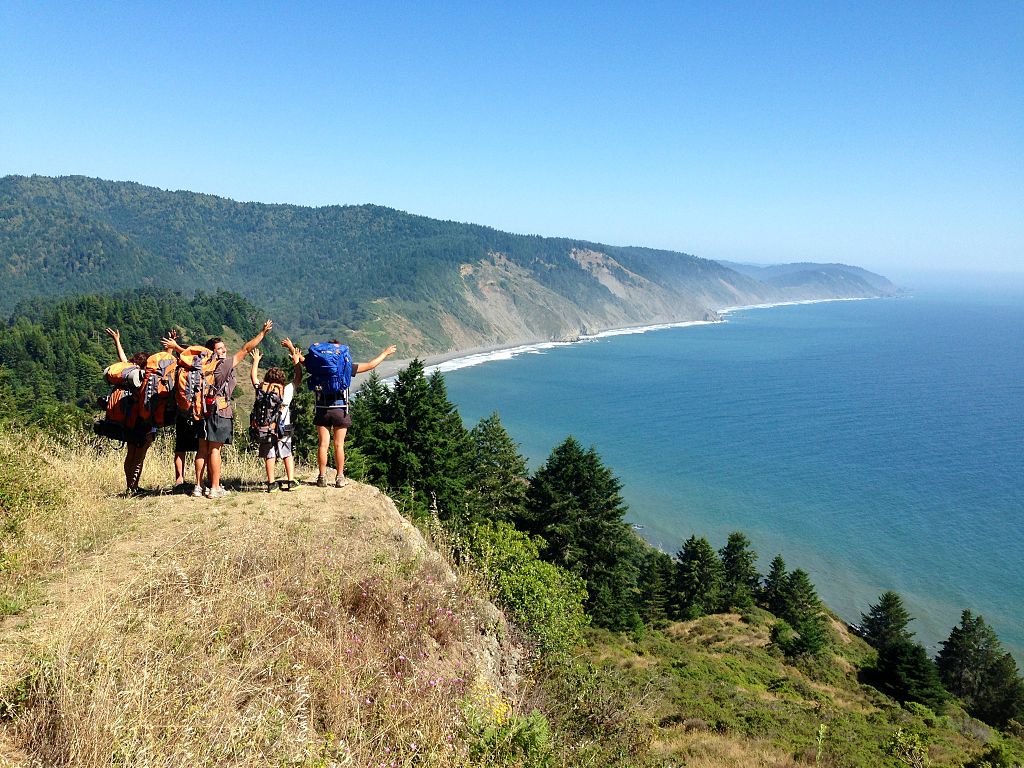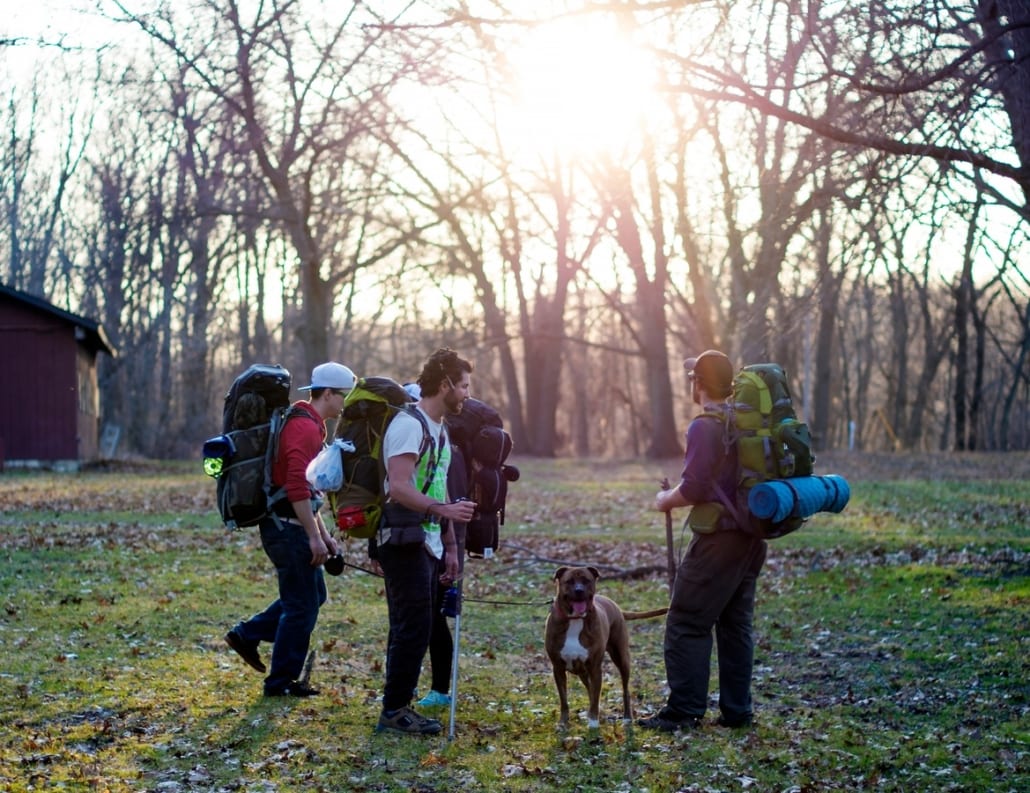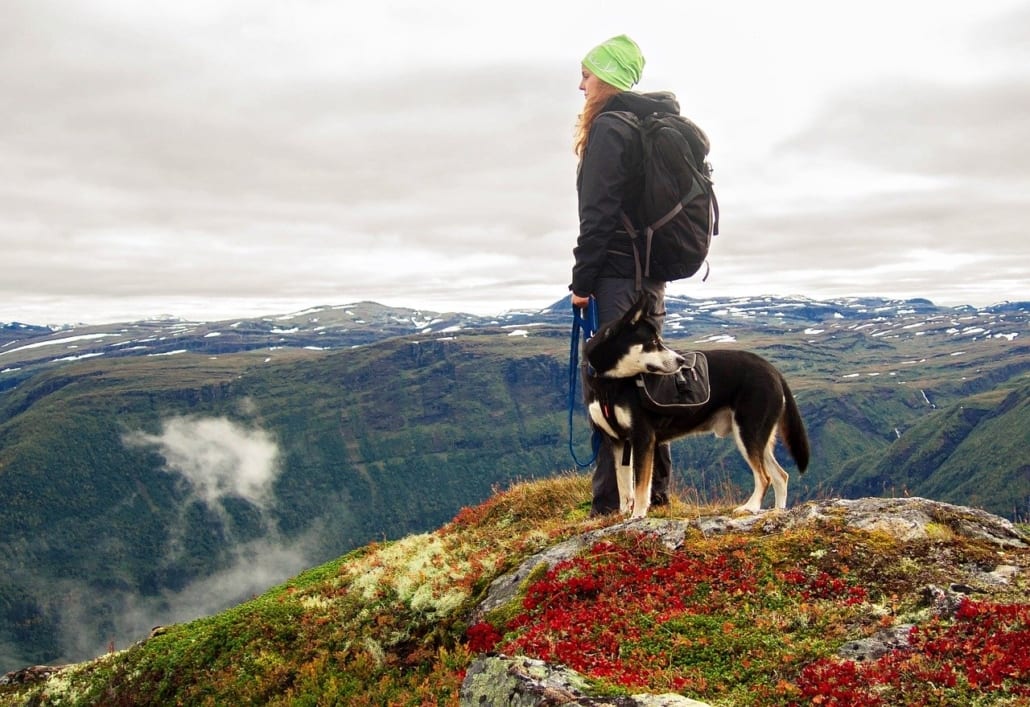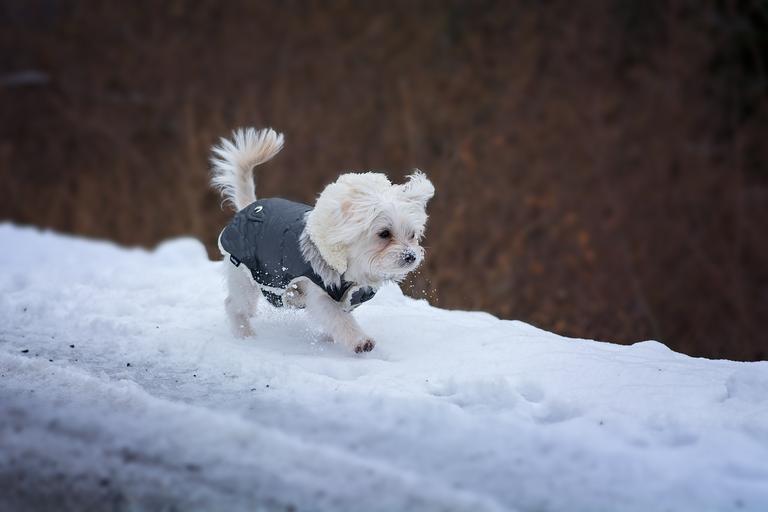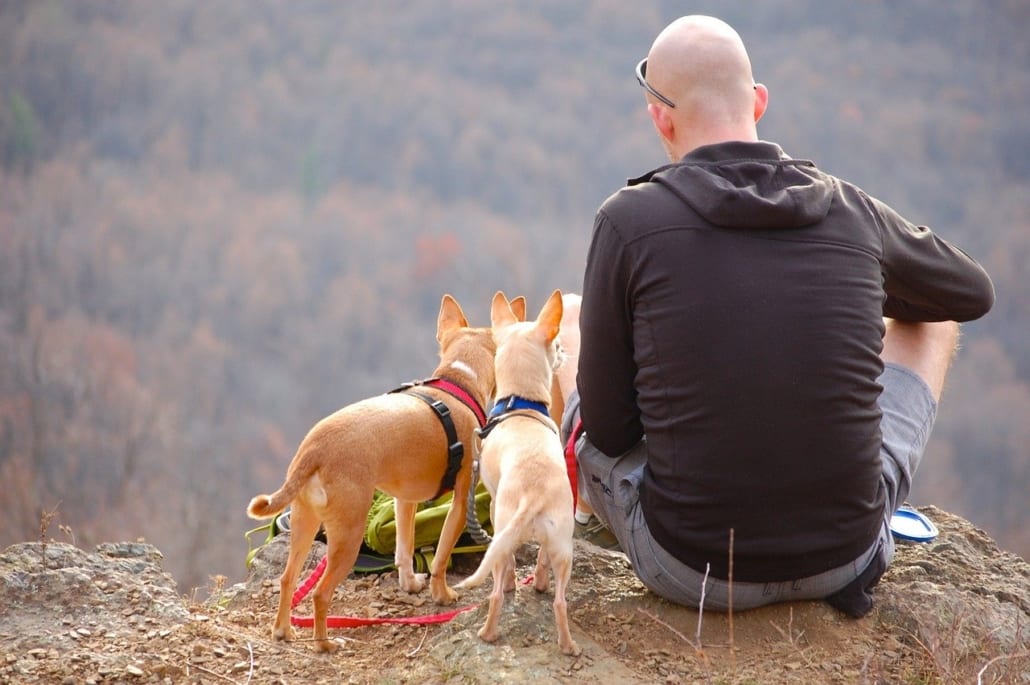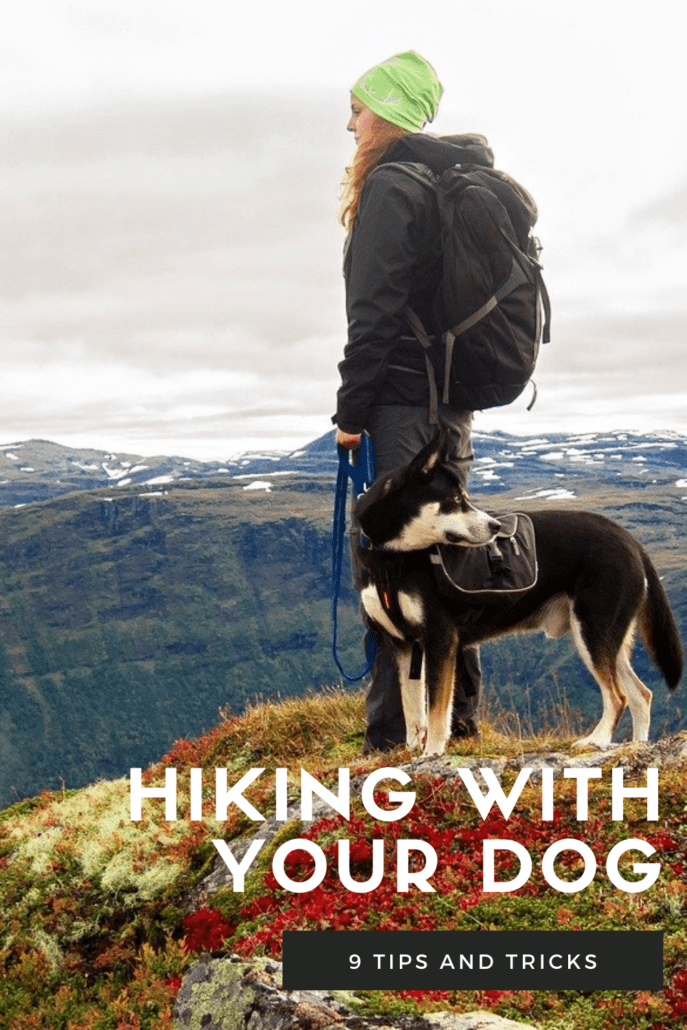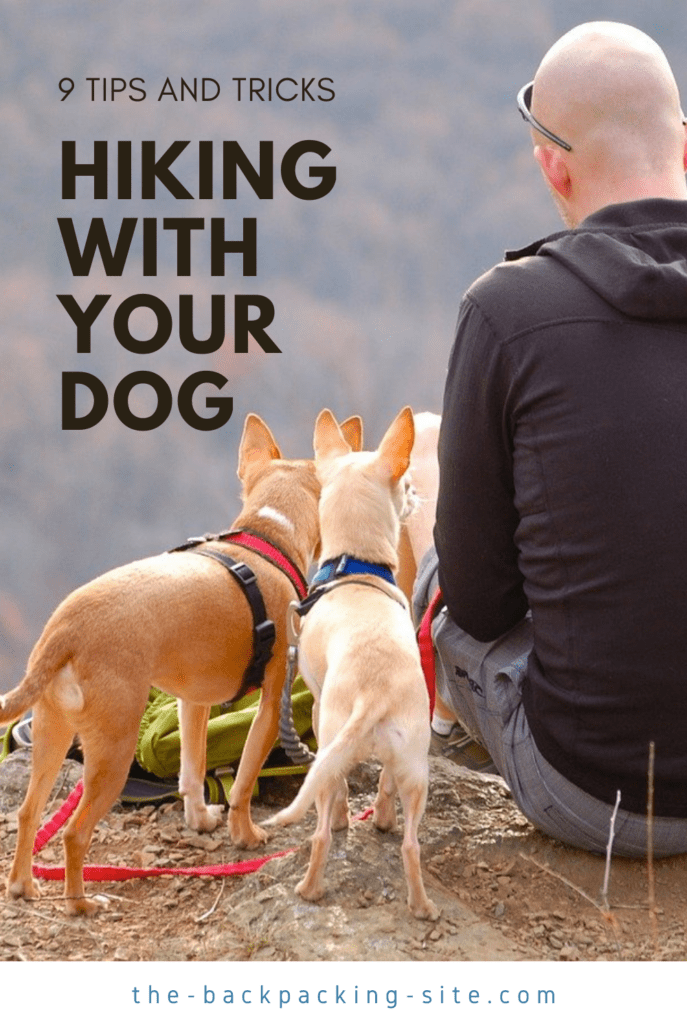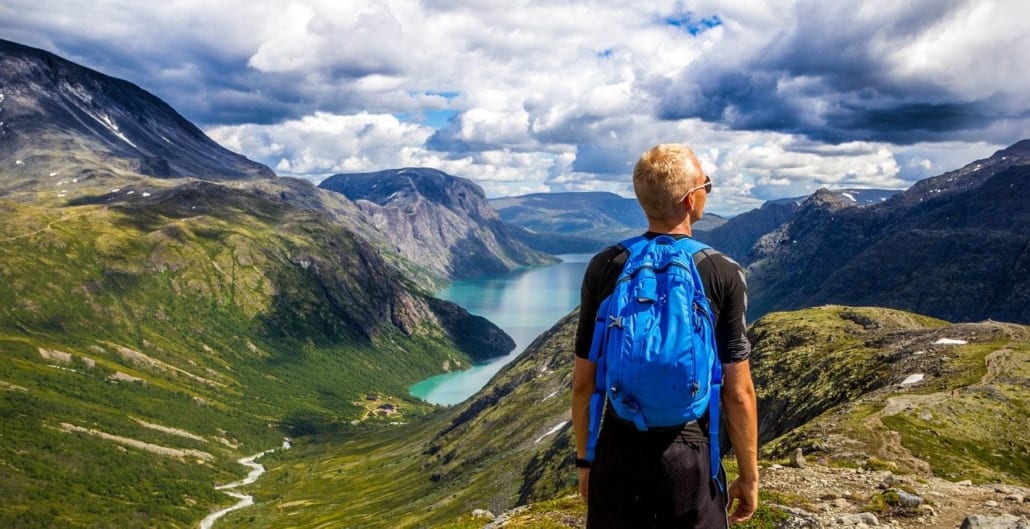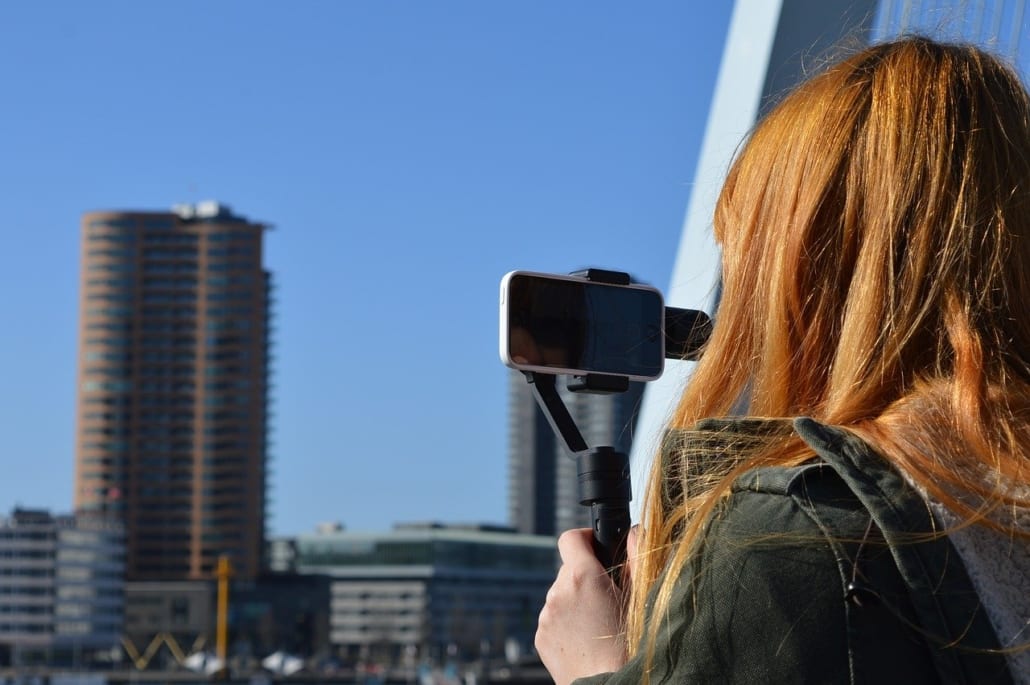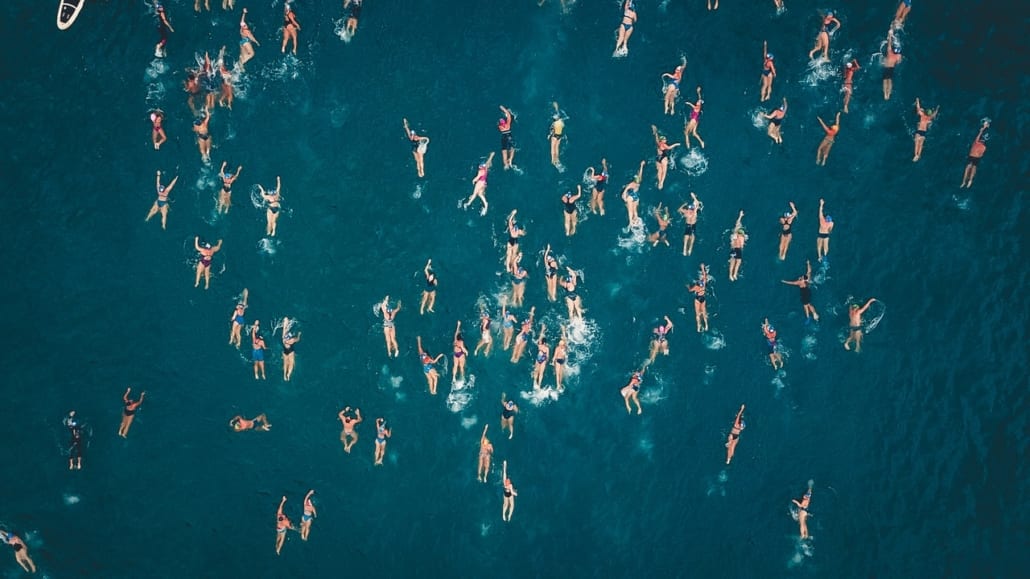The summer is upon us, which means fun in the sun and amazing hiking and backpacking adventures across gorgeous landscapes. While we love to enjoy the warmer months, caution is of absolute importance.
Currently, heat waves are occurring across the globe, with record-breaking temperatures of over 100 degrees becoming the norm.
Excessive heat can be one of the most dangerous elements you can face, and prolonged exposure may lead to many dangerous conditions that could make you very ill.
That is why you need to be smart about summer backpacking and pack the right items before going out on long treks. Here are some pointers to stay cool while backpacking in hot weather.
Heat Concerns for Summer Backpacking
The first step to staying safe when backpacking during summer is to understand the potential risks of being out in the heat so you know when you need to take a break or hydrate.
Heat exhaustion is the main concern that you want to avoid because, if not properly handled, it can quickly turn to heatstroke, which could create disorientation, confusion, and a high fever that could lead to further sickness.
The symptoms of heat exhaustion include nausea, excessive sweating, and a headache that gets progressively worse. If you feel these symptoms, it is important to find shade, then sit down and relax and drink water until you are feeling better.
On that note, you also want to watch for the signs of dehydration, which also include fatigue along with a dry mouth and dark-colored urine. If you don’t drink water when these issues begin, it could start to affect your blood pressure and you could become too tired to continue.
Along with the issues associated with activity on a hot day, you also want to avoid a sunburn whenever possible. More than just giving you a little color, an excessive sunburn can cause blisters and swelling and can even lead to chills and nausea.
To avoid sunburn, apply sunscreen with at least an SPF of 30 before you leave to protect against the sun and dangerous UVB rays.
What to Bring To Stay Cool While Backpacking in Summer
When preparing for your adventure, it is essential that you take the time to create a packing list of everything you need, with an emphasis on first aid supplies and tools that will keep you cool while hiking or backpacking in summer.
The most important items involve hydration and that means bringing plenty of water you should drink during the course of your adventure. Moderation is key, as drinking too much can actually lead to over hydration, which can result in fatigue and cramps as your blood cells are so inundated that they lose functionality.
If water is too plain for you, then at least bring hydration packets that contain electrolytes as they replenish some of the fluid and minerals in your body that you lose when you sweat.
There are smart ways you can ensure that you have the water supply required for the hottest days. One idea is to get a hydration pack which is either part of your backpack or a separate entity that houses an extra water supply.
That way, you won’t have to hold it in your hands and it can balance your weight as you walk. If you want the water to remain cold, then freeze a water bottle the night before and it will last longer during your hike.
If you plan to camp during your summer backpacking adventure, then you will want to find a tent that will keep you as cool as possible. That means finding one that is a light color as it will reflect the heat.
Dark fabric will absorb the heat and make the interior warmer. A lightweight model like this heat-blocking tent has a mesh interior so you can allow a nice breeze to enter. Set the tent up in the shade and open the vents so the air can flow through.
Backpacking in Hot Weather? Plan Accordingly
In addition to packing the right equipment, you will also want to take the time to plan your hike accordingly, so you can avoid the warmest parts of the day.
Generally, it is hottest between the hours of noon and three in the afternoon, so you either want to return home by that time or wait to take a night hike as the sun is setting.
Early morning hikes are ideal because the sun will be rising, it won’t be too warm, and you will generally have the trail to yourself. If you are planning on an early morning hike then you will want to ensure that you get enough sleep, so you can have the energy required to climb those peaks and observe the beauty of nature.
One way to make sure you get enough rest is to use a sleep calculator, which will tell you when to lay down so you can get the 7 to 9 hours of shut-eye that the doctors recommend.
It is also a smart idea to plan the clothes you will wear during the hike, as what you choose could drastically change how warm you get during your adventure. Just like with your tent, you want to choose lighter-colored clothing that will reflect the light instead of absorbing it.
Also, opt for loose-fitting clothing, and if you can find hiking apparel with vents, then that is the best option. If you have especially sensitive skin, then make sure to wear pants and long-sleeved shirts so your arms and legs aren’t hit with those harmful UV rays.
There is nothing more exciting than celebrating the bright summer months with an exciting hike, but caution must always be present. Try the tips above to stay cool while hiking and enjoy your summer backpacking adventure without worry.

